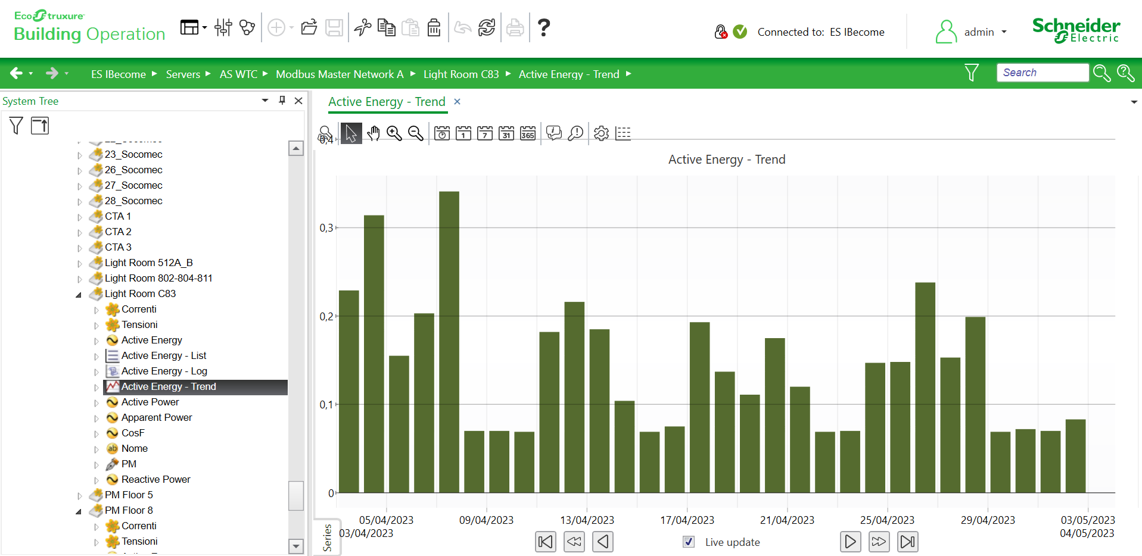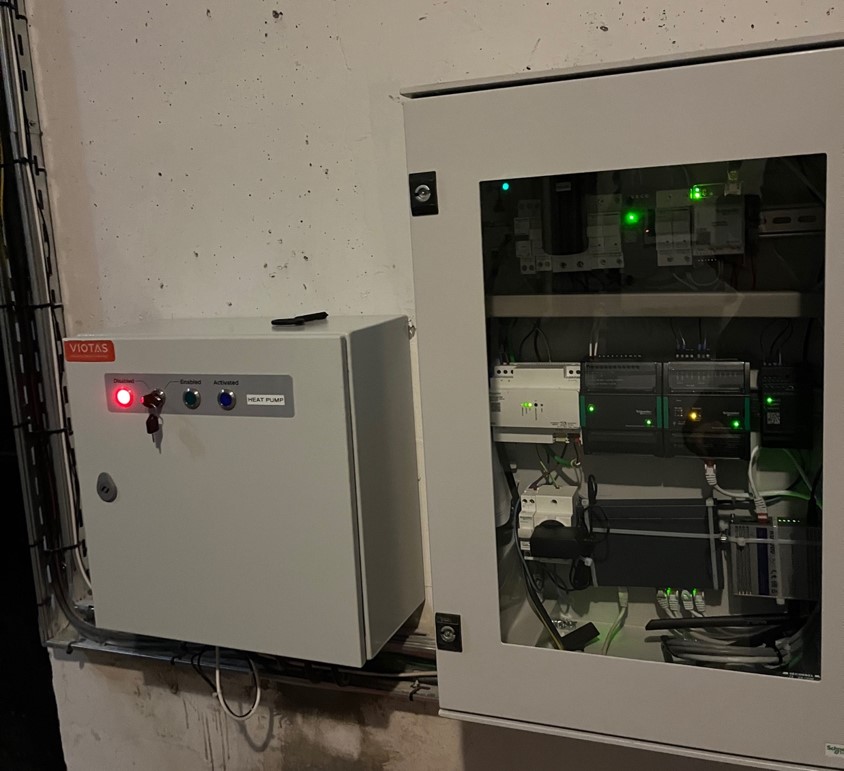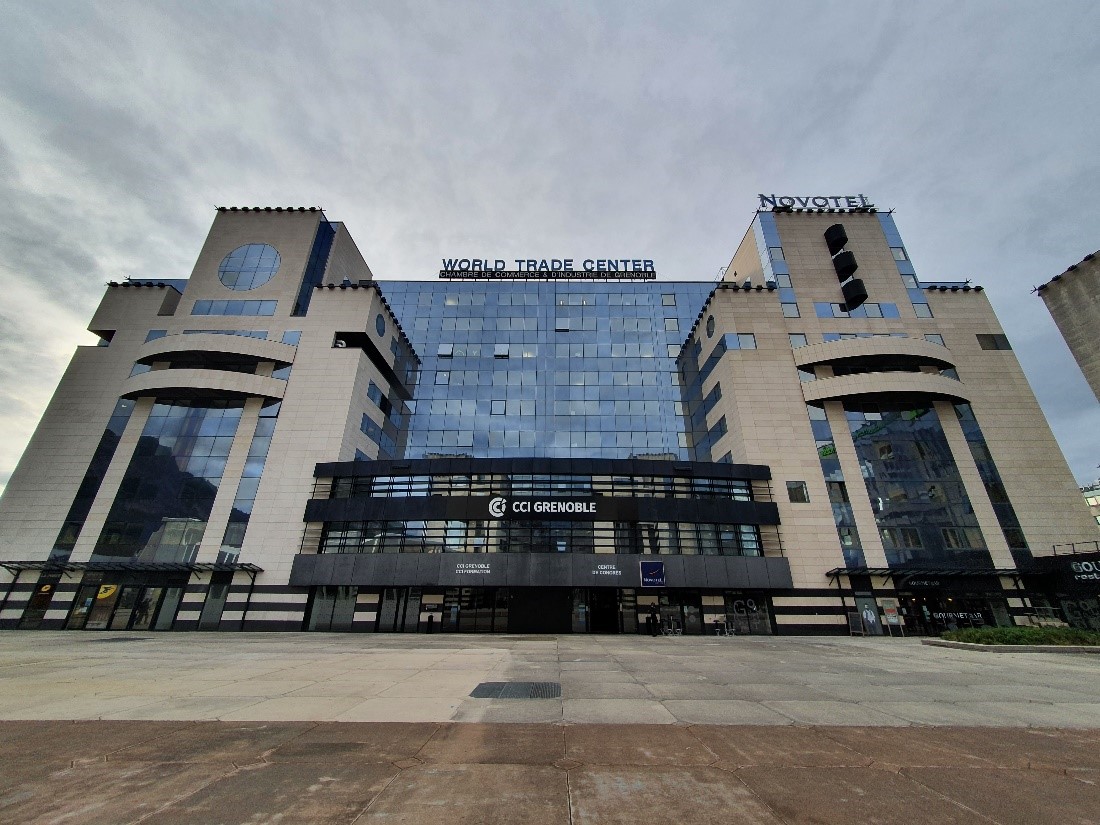Another comfort survey was conducted among WTC occupants at the end of January – beginning of February 2023. The aim was to collect employees’ feelings about the winter season, in terms of thermal comfort, air quality and lighting comfort. We received fewer responses (around thirty) than for the previous survey, except for the focus group, from which we received just as many. This can be explained by the fact that this was the 3rd survey conducted as part of the iBECOME project, and the second concerning winter conditions; building occupants are now waiting to see the improvements from the automatic comfort control system!
In conclusion, these surveys have enabled us to characterise a baseline, in order to measure progress and calculate the KPIs at the end of the project. They have also enabled us to establish several useful insights for defining the use cases for optimal comfort control:
- The occupants suffer from cold sensations in winter, especially on the north side of the building. This is not only due to the low temperature set points (legally at 19°C since last winter in the context of the energy crisis), but they feel a lack of efficiency (deviations from the temperature set point) and responsiveness of the heating system. These discomforts occur particularly in the mornings, especially on Mondays.
- In addition, solar radiation causes overheating in south-facing rooms at all times of the year. Even in summer, despite the cooling system. The only solar protection are manual venetian blinds on the interior side. This discomforts usually occur in the afternoon.
- The occupants find that there is too much lighting: as the building is very glazed, the level of artificial lighting is often too high, and the light is on when it’s not needed (enough natural light). They are very sensitive to energy waste for lighting.
All the additional hardware equipment has been installed and wired in the building: indoor environmental quality sensors, presence and luminosity sensors, window opening sensors, electricity and thermal sub-meters, electrical panel for demand-response, electrical panel for the new automation server and remote communication.

The associated programming tasks were also carried out: all the data is transmitted using Modbus, KNX and DALI protocols. The data is received and stored in the cloud by Schneider Electric Enterprise Server, and is integrated into iSCAN.


The explicit demand-response system has been commissioned: it enables the heat pump to be switched off automatically to contribute to flexibility mechanisms on the electricity grid.

Remote control of temperature and lighting setpoints has been tested manually: the building is ready for the deployment of comfort optimisation services.
The use cases for all the services have been defined:
– specifications were detailed for optimal comfort control, depending on the type of room, the current operation of the HVAC equipment and its control, and feedback from occupants. The aim is to anticipate heating/cooling and overheating, while reducing energy consumption when the rooms are unoccupied and limiting the use of electric coils.
– lighting control needs to be improved in certain rooms with multiple uses, such as a hallway and a break room at the same time.
– demand-response will integrate an availability signal, to ensure that its operation will have no impact on comfort in the building.
– fault detection and diagnosis will focus on AHUs, in particular on filters and electrical coils faults, while predictive maintenance will focus on the heat pump efficiency.
Finally, the next steps will be to finalise the automatic remote control via an API, and gradually deploy the services, starting with the optimisation of summer comfort.

